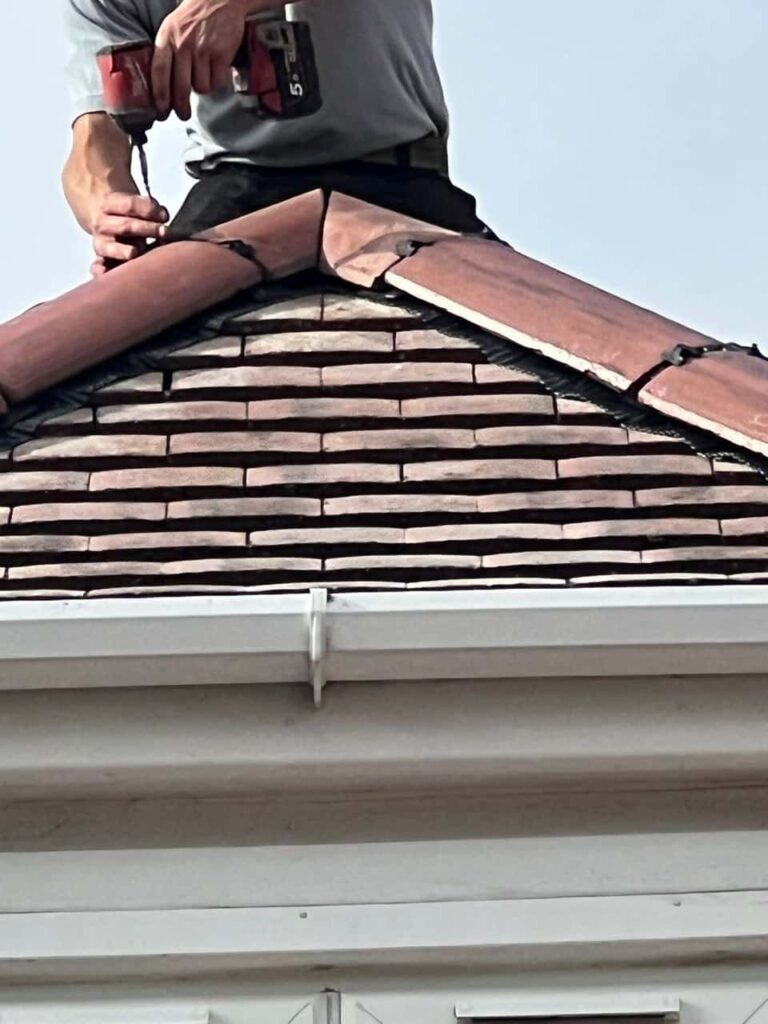Introduction: The efficiency and safety of your fireplace or wood-burning stove depend on a proper chimney draft. The chimney draft is the flow of air that carries combustion byproducts, such as smoke and gases, out of your chimney and into the atmosphere. A strong chimney draft ensures that these byproducts are vented effectively. In contrast, a weak or inconsistent draft can lead to problems like poor combustion, smoke in your home, and even dangerous carbon monoxide exposure. In this blog post, we’ll explore the science behind the chimney draft and share tips on improving it.
Understanding Chimney Draft
The principle of natural convection drives the chimney draft. Here’s how it works:
Heat Source: When you light a fire in your fireplace or wood-burning stove, it generates heat.
Hot Air Rises: Heat causes the air inside the chimney to become warmer and less dense than the surrounding air.
Upward Flow: As the warm air rises, it creates a partial vacuum, drawing in fresh air through the firebox or stove’s air intake.
Continuous Flow: This continuous flow of warm air rising and drawing in fresh air creates a draft that carries combustion byproducts up and out of the chimney.
Factors Affecting Chimney Draft
Several factors can influence the strength and effectiveness of your chimney draft:
1. Temperature Difference: The greater the temperature difference between the air inside the chimney and the outside air, the stronger the draft. This is why it’s easier to establish a good draft on a cold winter day.
2. Height: Taller chimneys tend to have better drafts because they create a taller column of warm air.
3. Obstructions: Anything obstructing the chimney, such as creosote buildup or debris, can hinder the draft.
4. Air Supply: Sufficient air supply to the firebox or stove is essential. Inadequate air can lead to weak drafts and poor combustion.
Improving Chimney Draft
If you’re experiencing issues with your chimney draft, here are some tips to help improve it:
1. Regular Cleaning: Schedule annual chimney cleaning to remove creosote buildup, debris, and obstructions that can impede the draft.
2. Use Seasoned Firewood: Seasoned firewood with low moisture content burns more efficiently and produces less smoke, improving the draft.
3. Ensure Proper Air Supply: Make sure your fireplace or stove has a dedicated air supply or that your home is well-ventilated to provide enough air for combustion.
4. Install a Chimney Cap: A chimney cap with a draft-enhancing design can help prevent downdrafts and improve the overall draft.
5. Consider a Draft Inducer: In extreme cases, installing a draft inducer or fan can significantly improve the chimney draft.
6. Check for Damper Issues: Ensure your chimney damper is functioning correctly and fully open when you have a fire.
Conclusion: Understanding the science of chimney draft is essential for safe and efficient heating with your fireplace or wood-burning stove. By addressing factors affecting the draft and taking steps to improve it, you can enjoy a warmer and safer home during the colder months. If you encounter persistent draft issues or need professional chimney services, don’t hesitate to contact Ravenshead Roofing Repairs. Our experienced team can help ensure that your chimney operates efficiently and safely, providing you with warmth and comfort all season long.
Call us on: 01623 700 893
Click here to find out more about Ravenshead Roofing Repairs
Click here to complete our contact form and see how we can help with your roofing needs.

